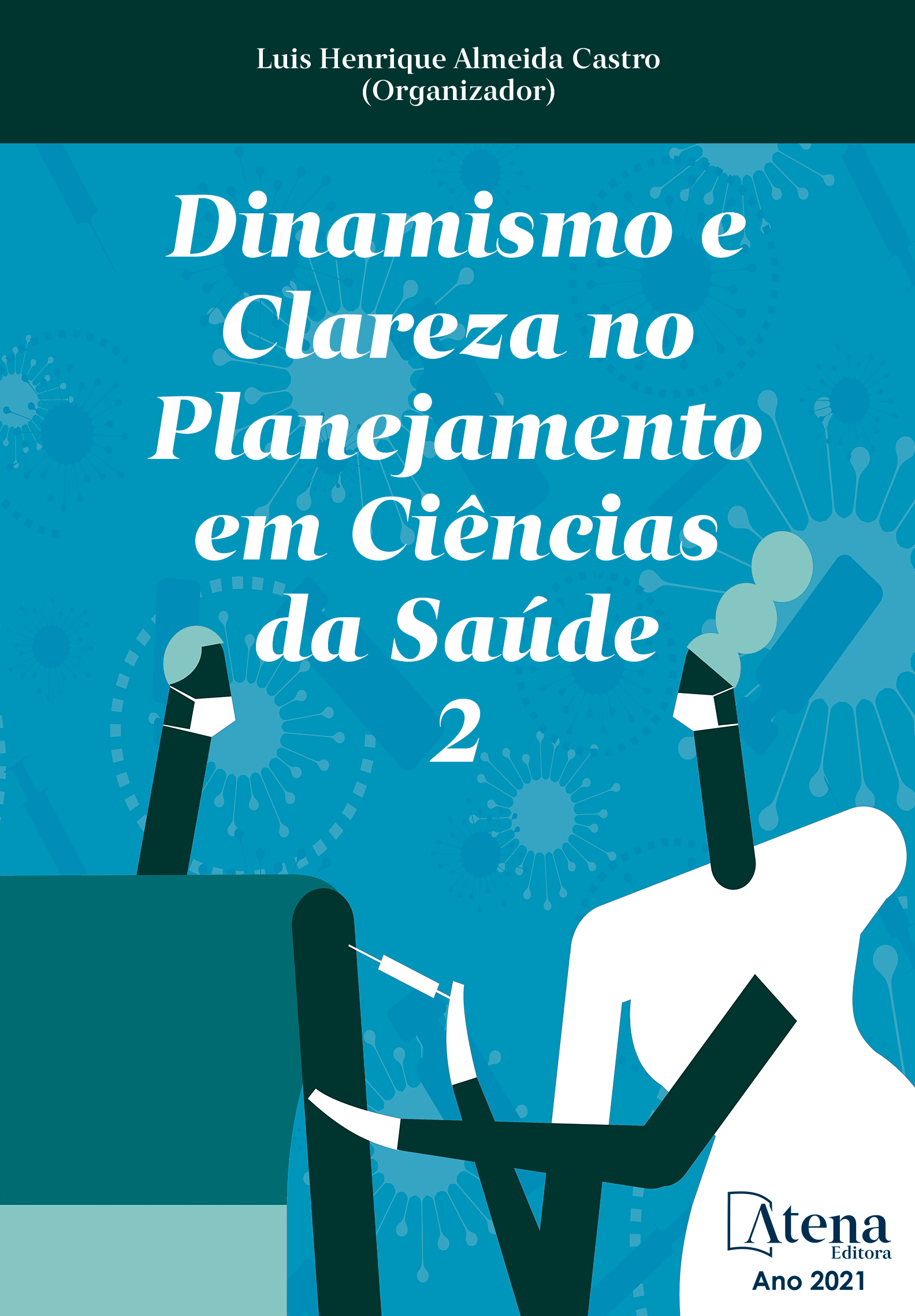
MORTALIDADE DE IDOSOS RESIDENTES EM MATO GROSSO, AMAZÔNIA LEGAL, 2010-2016
O envelhecimento populacional vivenciado no Brasil e no estado de Mato Grosso é resultante da modificação demográfica ocorrida nos últimos anos. Paralelo a este fenômeno, observa-se a elevada ocorrência de doenças crônicas não transmissíveis neste segmento populacional. Diversos estudos apontam que as principais causas de hospitalizações em idosos são decorrentes das doenças do aparelho circulatório, neoplasias, aparelho respiratório e distúrbios endócrinos, metabólicos e nutricionais. O objetivo deste trabalho foi analisar a mortalidade geral entre idosos residentes no estado de Mato Grosso, Brasil, 2010-2016. Trata-se de estudo epidemiológico descritivo, pautado em dados secundários do Sistema de Informações sobre Mortalidade (SIM). A população do estudo foram todos os óbitos registrados em indivíduos com 60 anos ou mais de idade residentes no estado de Mato Grosso. No período de 2010 a 2016 ocorreram 60.425 mortes de idosos, resultando numa média anual de 8.632 óbitos. A distribuição anual do registro de óbitos, revelou que o maior porcentual de mortes, 9.765 (16,16%), ocorreu no ano 2016, e o menor número, 7.748 (12,82%), no ano de 2010. Houve predomínio de óbitos em indivíduos do sexo masculino (58,20%), na faixa etária de 70 a 79 anos (34,57%), com baixa escolaridade (49,33%), estado civil casado (39,88%). Constatou-se ainda que (70,55%) das mortes ocorreram em unidades hospitalares e as principais causas de mortalidade foram as doenças do aparelho circulatório (33,76%), neoplasias (16,31%), doenças do aparelho respiratório e doenças endócrinas nutricionais e metabólicas (9,09%). Acredita-se que o número de óbitos em idosos em Mato Grosso seja maior do que o observado neste estudo, e tal fato deve-se à falta de preenchimento de campos importantes da declaração de óbito, como a raça/cor. Outra limitação foi à indisponibilidade de alguns dados sociodemográficos (zona de residência). Considera- se que a melhoria do acesso ao sistema público de saúde, e a vigilância epidemiológica dos principais agravos que acometem idosos possibilitaram maior longevidade, no entanto, tais ações não são suficientes para garantir melhoria da qualidade de vida. Recomenda-se adoção de ações permanentes de enfrentamento das principais morbidades que acometem esse segmento da população matogrossense, e a efetividade das políticas sociais e de saúde destinadas a promoção da saúde do idoso.
MORTALIDADE DE IDOSOS RESIDENTES EM MATO GROSSO, AMAZÔNIA LEGAL, 2010-2016
-
DOI: 10.22533/at.ed.38721060421
-
Palavras-chave: Envelhecimento; Mortalidade; Epidemiologia.
-
Keywords: Aging; Mortality; Epidemiology.
-
Abstract:
The population aging experienced in Brazil and in the state of Mato Grosso is the result of the demographic change that occurred in recent years. Parallel to this phenomenon, we observe the high occurrence of chronic non-communicable diseases in this population segment. Several studies indicate that the main causes of hospitalization in the elderly are due to diseases of the circulatory system, neoplasias, diseases of the circulatory system and endocrine, metabolic and nutritional disorders. The objective of this study was to analyze the general mortality among elderly people living in the state of Mato Grosso, Brazil, 2010-2016. This is a descriptive epidemiological study, based on secondary data from the Mortality Information System (SIM). The study population were all deaths recorded in individuals aged 60 years or older residing in the state of Mato Grosso. In the period from 2010 to 2016, there were 60,425 deaths of the elderly, resulting in an annual average of 8,632 deaths. The annual distribution of the death registry revealed that the highest percentage of deaths were 9,765 (16.16%) occurred in 2016, and the lowest number was 7748 (12.82%) in 2010. There were a predominance of deaths in individuals of the sex male (58.20), in the age group of 70 to 79 years (34.57%), with low schooling (49.33%), married civil status (39.88%). It was also observed that (70.55%) of the deaths occurred in hospital units and the main causes of mortality were circulatory diseases (33.76%), neoplasms (16.31%), respiratory diseases and diseases nutritional and metabolic endocrine (9.09%). It is believed that the number of deaths in the elderly in Mato Grosso is greater than that observed in this study, and this fact is due to the lack of completion of important fields of the death declaration, such as race / color. Another limitation was the unavailability of some socio-demographic data (area of residence). It is considered that the improvement of access to the public health system, and the epidemiological surveillance of the main aggravations that affect elderly people, allowed for greater longevity, however, these actions are not enough to guarantee an improvement in the quality of life. It is recommended to adopt permanent actions to address the main morbidities affecting this segment of the population of Mato Grosso do Sul and the effectiveness of social and health policies aimed at promoting the health of the elderly.
-
Número de páginas: 15
- Tony José de Souza
- Elizete Bezerra Hossaki


